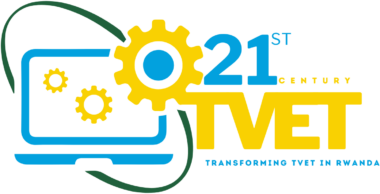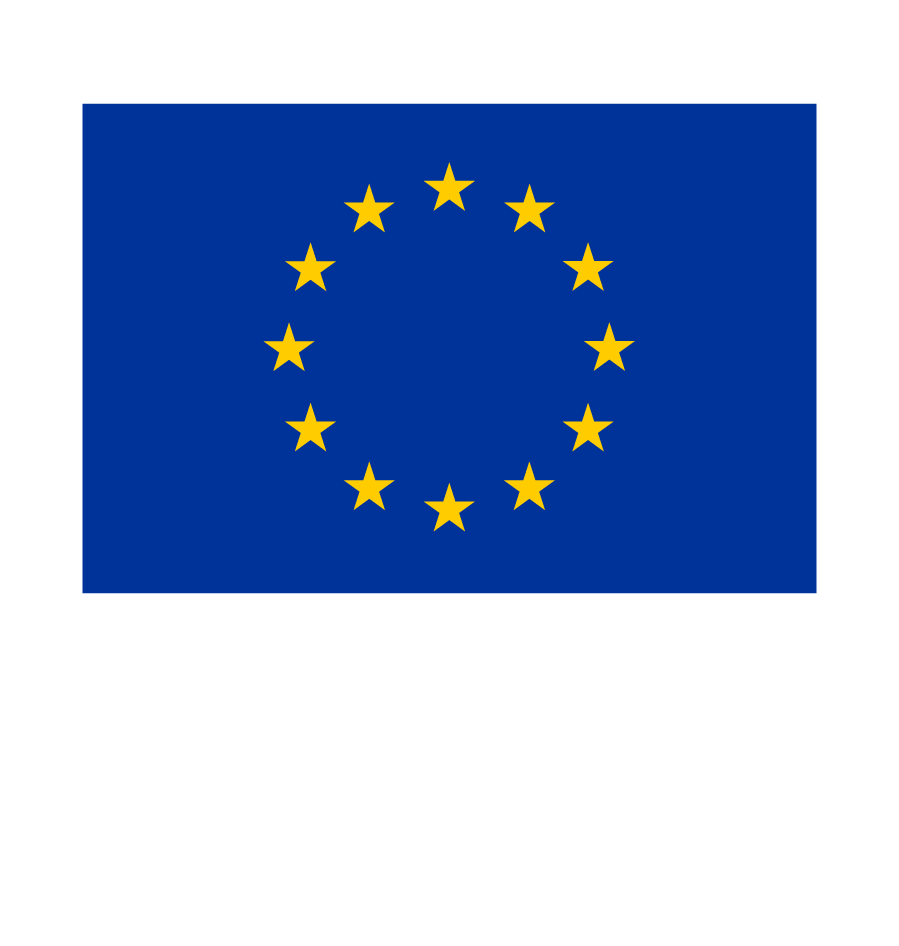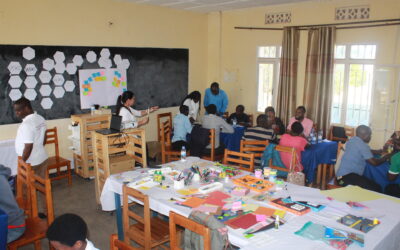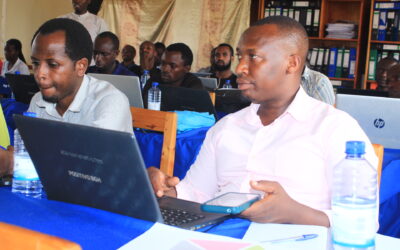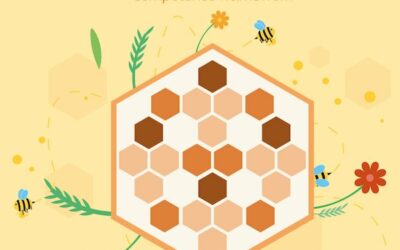In the last two decades, Rwanda has made steady progress toward becoming a knowledge-based society and an ICT hub in Africa, aligned with its Vision 2050. A key pillar of this vision is strengthening the national workforce by shifting from a content-based curriculum to a competence-based one.
By Heillyn Camacho, Consufé
As part of this transformation, experimentation, innovation, and reflection must also become part of the practice in educational institutions. Teachers and schools must explore pedagogies that support the development of these essential 21st-century skills, —recognizing that, sometimes, innovation also involves acknowledging what doesn’t work and iterating forward.
Today, creativity, problem-solving, communication, collaboration, imagination, innovation, and digital skills are increasingly emphasized as core outcomes of education. We focus on creative thinking, but what pedagogies can foster creativity and innovative thinking? The OECD’s report “Fostering Students’ Creativity and Critical Thinking” (Vincent-Lancrin et al., 2019) points to several:
- Project-based learning, where students tackle real-world challenges;
- Research-based learning, which promotes inquiry and exploration;
- Dialogical teaching, encouraging open-ended discussions and idea generation;
- Design thinking, guiding learners through empathy, ideation, and prototyping;
- Innovation labs, providing space for experimentation and iteration.
These methods all share a common thread: placing students in active, reflective, and collaborative roles.
The next question is: how do we prepare teachers—many of whom were educated in content-focused systems—to shift toward student-centered, creative teaching?
In the 21st Century TVETs – Rwanda project, we explored one possible answer: the Creative Thinking Learning Lab (CTLL).
The Lab: a space for disruption and discovery
The CTLL methodology creates a temporary “lab” space (within existing infrastructure) where learners are guided through a structured creative process. It includes three key components:
- A process – from immersion and problem identification to idea generation and prototyping;
- Tools – to foster creativity, collaboration, and exploration;
- Space – a flexible setup that encourages interaction and shared thinking.
Within WP3, we ran a full action learning cycle with 25 teachers from three secondary technical schools in Huye District—MSGR Mubiligi Catholic TSS, Rwabuye TSS, and Kabutare TSS. They participated in a 5-day immersive CTLL workshop and subsequently applied the methodology in their own classrooms.
In the first phase, they stepped into the shoes of learners: exploring challenges, observing real contexts, collaborating on solutions, and reflecting on their learning.
Teachers identified local sustainability challenges in Butare, from plastic waste in the markets to air pollution and improper e-waste management. They visited the Butare Modern Market, talked to vendors, documented problems, and returned to the classroom to brainstorm creative, locally relevant solutions. This approach gave them first-hand insight into what it means to “learn by doing.”
From learners to implementers: the hard part begins
Most teachers expressed satisfaction with the workshop and felt confident in their understanding of the CTLL methodology. But the most challenging—and revealing—part came next: applying the CTLL in their own classrooms.
Suddenly, they had to make real choices:
- Which topic could be taught through CTLL?
- How much time did they have to implement the approach?
- How would it fit into the NESA planning template, which requires detailed teacher and student activities for each 40-minute lesson?
Teachers had to adapt their designs to real teaching constraints: curriculum schedules, time, student numbers, and available materials. Some faced difficulty selecting topics that aligned with both CTLL and their learning objectives. Others struggled with how to document CTLL-based lessons in a traditional format.
Impact on teaching and learning
Despite these hurdles, 18 initiatives were implemented across the three schools, covering subjects as diverse as Fashion Design, Entrepreneurship, Agriculture, and Electronics. Some lasted a single lesson; others extended across nine. In total, 354 students participated in CTLL-designed learning activities.
Teachers reported outcomes such as:
“Students were more engaged—they asked questions, shared ideas, and worked together actively.”
“It was easier for them to understand theoretical concepts after seeing things in the real world.”
“The students find that they like it very, very well. When the students like what they are doing, it’s good. It helps them to understand it very well and participate very well about what they are doing.”
“It’s really good because in a traditional way of teaching, you go in front of your students, you speak, you speak yourself, you speak, no, (in this approach) you put them in the group and follow the groups.”
Teachers indicated that students developed collaboration and critical thinking skills. Teachers, in turn, experienced a shift in mindset—realizing that their students had ideas worth listening to.
What we learned
One key insight from WP3 is that training alone is not enough. The real learning happened during the implementation stage, where teachers faced authentic challenges and received mentoring support. The action learning methodology—where people learn by doing, reflecting, and refining—proved highly effective for fostering change.
Teachers didn’t just learn a new method—they began to rethink how they teach and how students learn. Even with curriculum and time constraints, they found ways to make space for creativity, collaboration, and real-world problem solving.
Rethinking Teaching
The experience in Butare shows that with the right conditions—training, support, time, and reflection—teachers can transform their practice and classrooms active learning spaces.
CTLL is one of the many different methods that can help VETs to develop 21st century skills, but it was AHA experience. It disrupted habitual thinking. It created space for teachers and students to reimagine their roles. And it demonstrated that even within existing constraints, innovation is possible. As one of the mentors said several times in the online meetings, let’s as change a little thing, and then next time we change more, which summary well the experience of the CTLL, it was not the “perfect” implementation initiatives, but was one step to start rethinking teaching and learning in the VET schools.
📚 Want to learn more about the CTLL?
Explore the learning material used in the training (link)
🤝 Interested in the schools’ experiences?
Get in touch with
Fr. Dennis Kiyenje dennis2002rw@yahoo.com (Msgr. Mubuligi Catholic T.S.S)
Emmanuel Sibomana sibemmy05@yahoo.fr (headteacher of Rwabuye Technical Secondary School)
Jean Damascene Mbarushimana mbarushado@gmail.com (headteacher of Kabutare Technical Secondary School)
Lillian Buus libu@via.dk project coordinator
